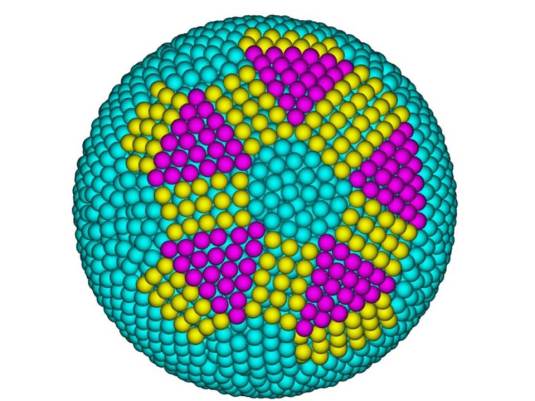Hydrodynamics and interaction of self-assembly in droplet confinement




Fine control over placement of materials on the nano- and meso-scale is a key element of designing new materials. In this project we aim to shed new light on one way to control the structure of these materials over multiple length scales: hierarchical self-assembly. In hierarchical self-assembly, we start by arranging atoms into clusters, which are often called nanoparticles. Then, the nanoparticles can be organized into larger clusters, and this process continues on different length scales with new properties and functionalities added at each self-assembly step. The structural properties of the resulting material are determined by the shape, size, and materials used in each assembly step. Recently the soft condensed matter group at UU investigated in experiments and simulations the self-assembly (SA) of nanoparticles inside the confinement of slowly drying emulsion droplets. They showed that the spherical confinement influences the SA process in an intriguing way, leading to crystalline clusters (supraparticles) with icosahedral symmetry. In this project, we will use computer simulations to provide support to optimize the structure of these supraparticles by tuning the shape and interactions of the nanoparticles, and to understand all aspects, including the effect of hydrodynamics, on the SA of particles in emulsions.
Project leader: Prof. Marjolein Dijkstra





















